How To Improve Audio Recording Quality On Laptop?
Improving audio recording quality on a laptop is a common concern for many users, whether they are podcasters, musicians, or professionals needing clear audio for presentations and meetings. Achieving high-quality audio recordings on a laptop involves a combination of hardware upgrades, software adjustments, and environmental considerations. In this article, we will explore various strategies to enhance your laptop's audio recording capabilities, ensuring that your recordings are crisp, clear, and professional.
1. Invest in a Quality Microphone

The built-in microphone on most laptops is not designed for high-quality audio recording. Investing in an external microphone can make a significant difference. Here are a few types of microphones to consider:
- USB Microphones: These are easy to use and connect directly to your laptop's USB port. They offer good sound quality and are ideal for podcasting, voiceovers, and general recording.
- XLR Microphones: These require an audio interface but provide superior sound quality. They are commonly used by professional musicians and podcasters.
- Lavalier Microphones: These small, clip-on microphones are great for interviews and presentations.
2. Use an Audio Interface
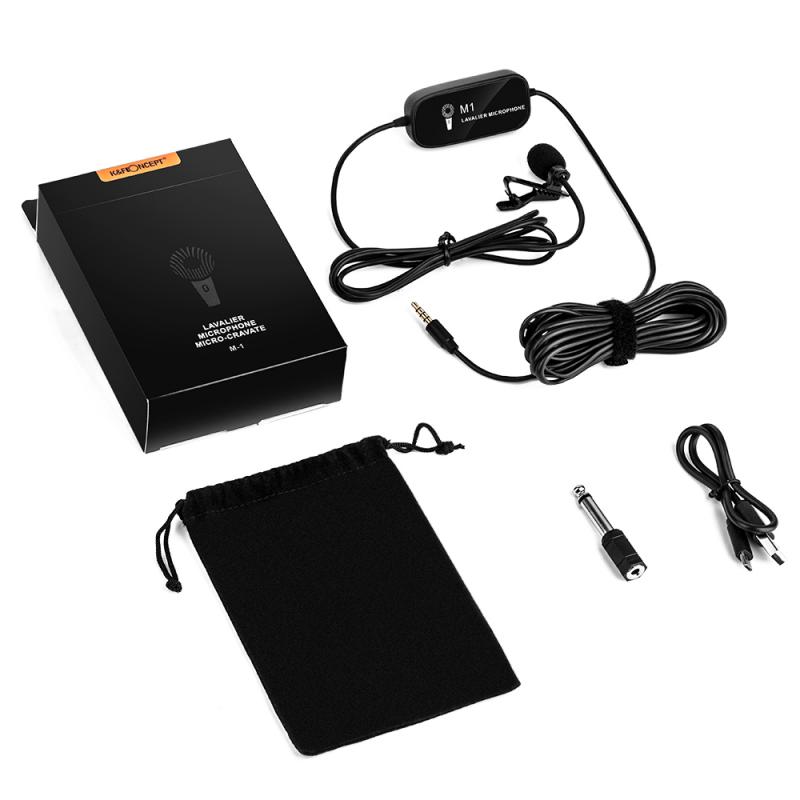
An audio interface is a device that converts analog signals from your microphone into digital signals that your laptop can process. It also improves the overall sound quality by providing better preamps and converters than those built into your laptop. When choosing an audio interface, consider the following:
- Number of Inputs: Ensure it has enough inputs for your needs, especially if you plan to record multiple sources simultaneously.
- Phantom Power: Necessary for condenser microphones.
- Latency: Look for low-latency interfaces to avoid delays during recording.
3. Optimize Your Recording Environment
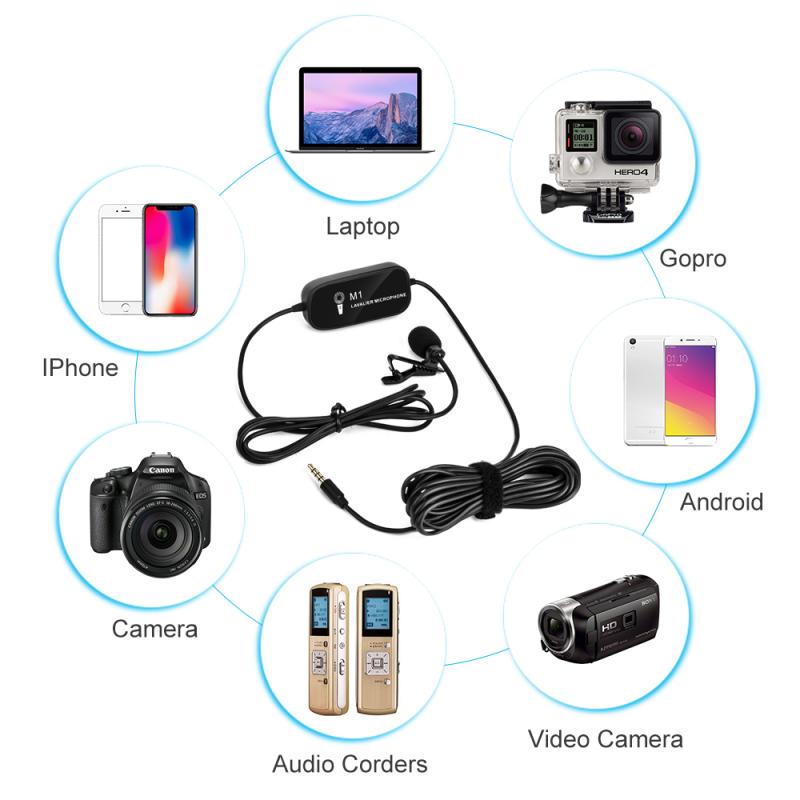
The environment in which you record can greatly impact the quality of your audio. Here are some tips to optimize your recording space:
- Soundproofing: Use foam panels, carpets, and heavy curtains to reduce echo and background noise.
- Quiet Space: Choose a quiet room away from external noise sources like traffic or air conditioning units.
- Microphone Placement: Position your microphone correctly to capture the best sound. Typically, this means placing it close to the sound source and using a pop filter to reduce plosive sounds.
4. Adjust Your Laptop Settings
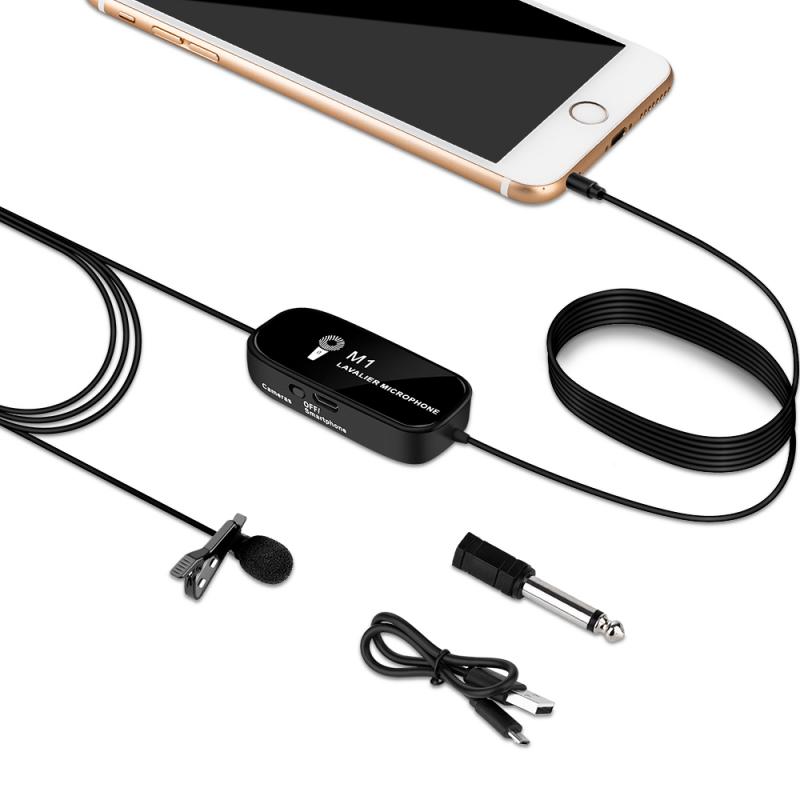
Your laptop's settings can also affect audio quality. Here are some adjustments you can make:
- Disable Built-in Microphone: If you're using an external microphone, disable the built-in one to avoid interference.
- Adjust Input Levels: Ensure your microphone input levels are set correctly to avoid distortion or low volume.
- Update Drivers: Make sure your audio drivers are up to date to ensure compatibility and performance.
5. Use Professional Recording Software
While free recording software like Audacity can be sufficient for basic needs, professional software offers more features and better sound quality. Some popular options include:
- Adobe Audition: Known for its powerful editing tools and effects.
- Pro Tools: Industry-standard software used by professionals.
- Logic Pro X: A favorite among musicians and producers.
6. Apply Post-Processing Techniques
Post-processing can significantly enhance the quality of your recordings. Here are some techniques to consider:
- Noise Reduction: Use software tools to remove background noise.
- Equalization (EQ): Adjust the balance of frequencies to improve clarity and tone.
- Compression: Even out the volume levels to ensure a consistent sound.
- Reverb and Effects: Add depth and character to your recordings.
7. Monitor Your Recordings
Using headphones to monitor your recordings in real-time can help you catch issues early. Look for closed-back headphones that provide good isolation and accurate sound reproduction.
8. Regular Maintenance and Upgrades
Regularly maintaining and upgrading your equipment can ensure consistent audio quality. This includes:
- Cleaning Microphones: Dust and debris can affect sound quality.
- Replacing Cables: Faulty cables can introduce noise and signal loss.
- Software Updates: Keep your recording software and drivers up to date.
Practical Tips for Specific Scenarios
For Podcasters
- Script and Practice: Plan your content and practice delivery to minimize mistakes and retakes.
- Interview Techniques: Use separate microphones for each participant and ensure they are positioned correctly.
For Musicians
- Instrument Placement: Position instruments and microphones to capture the best sound.
- Multi-Track Recording: Record each instrument separately for better control during mixing.
For Professionals
- Presentation Tools: Use screen recording software with high-quality audio capture for presentations.
- Meeting Etiquette: Encourage participants to mute their microphones when not speaking to reduce background noise.
Improving audio recording quality on a laptop involves a combination of hardware, software, and environmental adjustments. By investing in a quality microphone, using an audio interface, optimizing your recording environment, adjusting your laptop settings, using professional recording software, applying post-processing techniques, monitoring your recordings, and maintaining your equipment, you can achieve professional-grade audio recordings. Whether you're a podcaster, musician, or professional, these tips will help you produce clear, high-quality audio that meets your needs.





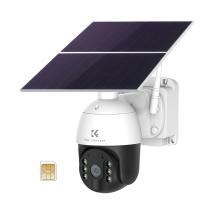



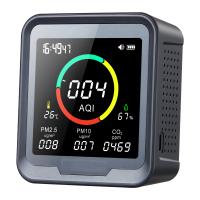
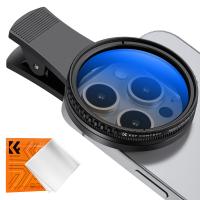
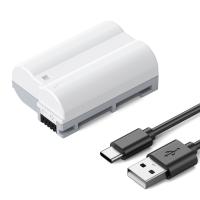


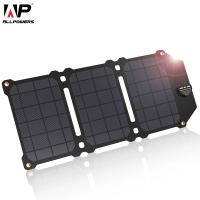
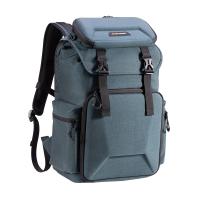




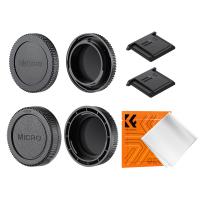
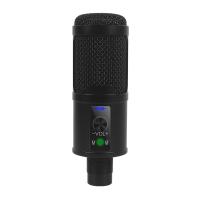
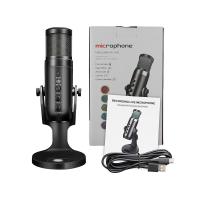

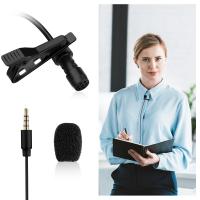





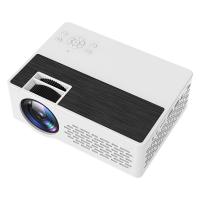
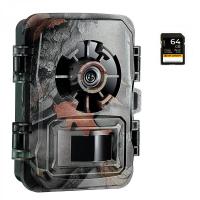
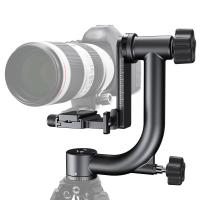

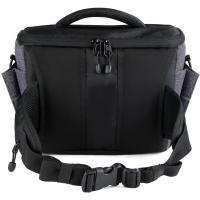


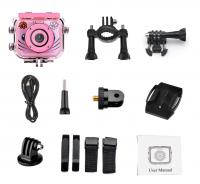



There are no comments for this blog.